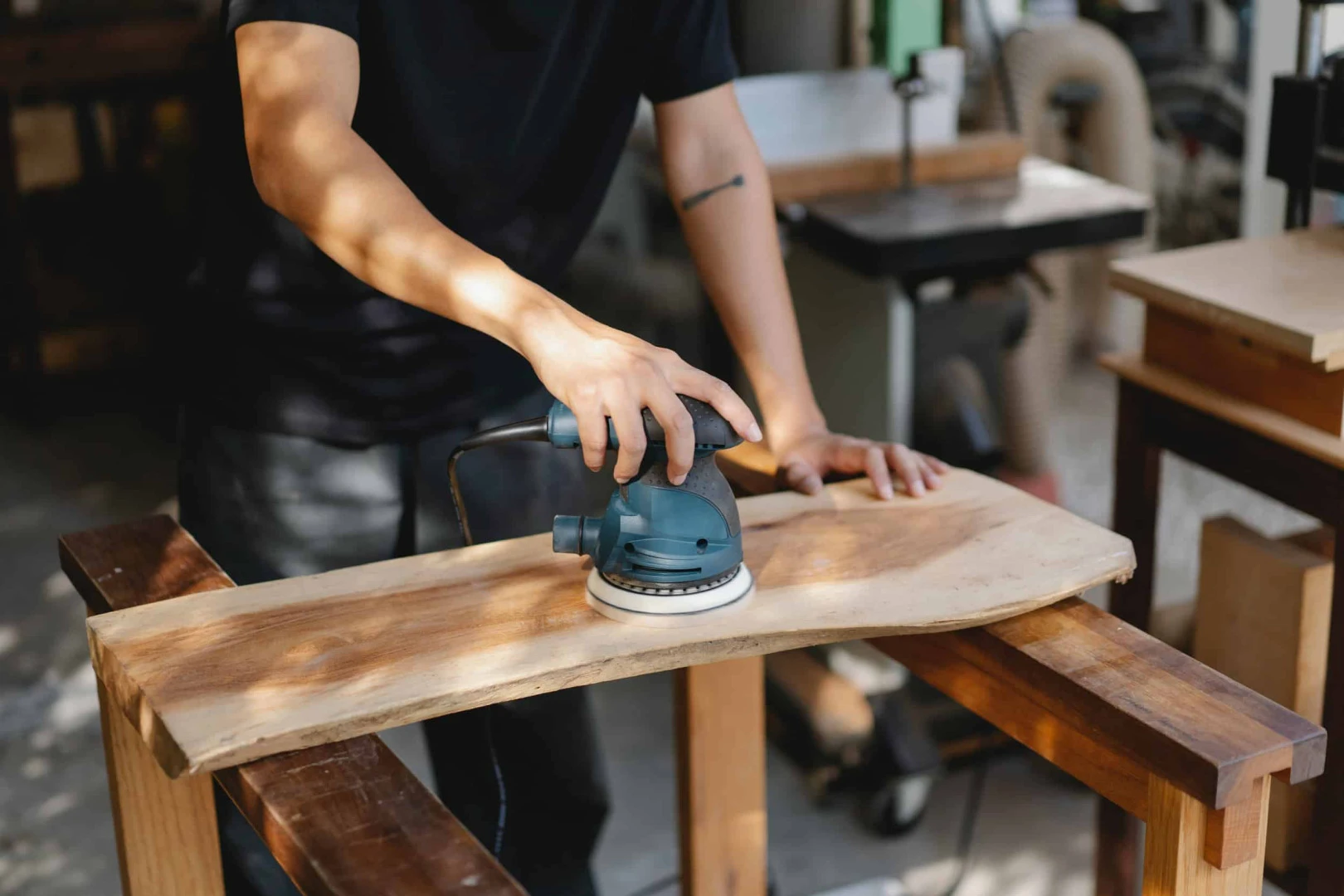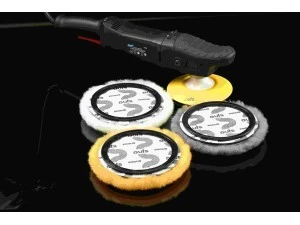Polishing equipment is one of the most critical factors directly affecting the quality of the final result. Among the various tools available, pads, sponges, and sandpaper each stand out for their unique features and specific applications. Felt pads—particularly high-quality ones like UFS lambskin polishing pads—offer highly effective and efficient polishing when used correctly. Sponge polishing pads provide a gentler and more uniform application on surfaces, helping to clean dirt and hardened residues effectively. Sandpaper, on the other hand, allows for more aggressive abrasion, quickly removing unwanted surface imperfections. Each type of equipment should be selected according to the polishing technique and material type. Choosing the correct equipment enhances the polishing process and ensures an optimal final finish. Therefore, understanding when and how to use pads, sponges, and sandpaper is essential for every professional.
Importance of Equipment Selection in Polishing
Selecting the right equipment is vital in any polishing operation because the materials used directly influence the process's efficiency and the quality of the results. Using inappropriate equipment can lead to wasted time and suboptimal outcomes. For example, an overly aggressive tool can damage delicate surfaces, while an insufficiently effective tool may fail to remove imperfections adequately. Therefore, the type, structure, and application area of the equipment require careful consideration. Knowing the purpose and proper use of each tool ensures correct choices, optimizing the polishing process. Ultimately, equipment selection is one of the most critical factors determining the success of a polishing operation, and professionals must pay close attention to this step.
Use and Types of Pads
Pads play a key role in polishing and come in various types. Polishing felt pads, especially those made from lambskin, provide high efficiency and excellent results. Pads are particularly effective in finishing processes, significantly enhancing the surface’s appearance. Different types of pads are suitable for specific polishing tasks, each with unique characteristics. For instance, lambskin pads have a soft texture and excellent absorption properties, distributing polishing compounds evenly to produce a uniform surface. Industrial felt pads, in contrast, are firmer and suited for more aggressive polishing on harder surfaces. Selecting the right pad depends largely on the surface type and the properties of the polishing compound. Correct pad choice is crucial for efficiency and achieving the desired finish.
Use and Application of Sponges
Sponges are a modern and effective tool in polishing operations. Sponge polishing pads provide effective performance without causing excessive damage, especially during cleaning and buffing tasks. The structure of the sponge ensures that polishing compounds are evenly distributed over the surface, helping to achieve a uniform finish. Sponges come in various firmness levels, allowing them to be matched to different applications. Softer sponges are ideal for delicate surfaces, while firmer sponges are suited for aggressive treatment of dirty or uneven surfaces. Sponges are widely used in automotive, furniture, and construction polishing applications. Choosing the appropriate sponge is critical to achieving the desired results.
Use of Sandpaper and Grit Selection
Sandpaper is essential for surface preparation during the polishing process. Sandpaper sheets or discs efficiently remove imperfections and material as needed. Selecting the correct grit size depends on the surface type and the desired outcome. Low-grit sandpapers remove material aggressively and can leave deep marks, making them suitable for initial coarse sanding. High-grit sandpapers provide finer abrasion, resulting in smoother surfaces, and are ideal for final finishing stages. Proper grit selection requires careful planning of the sanding steps. Correct technique in sandpaper usage significantly improves the efficiency of subsequent polishing operations, ensuring a higher-quality finish.
Conclusion
Understanding the proper use of pads, sponges, and sandpaper is essential for achieving professional-quality polishing results. Using high-quality equipment like UFS lambskin polishing pads, combined with the appropriate sponge and grit selection, ensures optimal surface preparation and finishing. This knowledge allows professionals to deliver flawless, smooth, and visually appealing surfaces across automotive, furniture, and other applications. Correct equipment selection, technique, and material compatibility are the keys to consistent, high-quality polishing results.



